-
AC Drilling Defines Geochemical Halo at Bella Target
-
Drilling exposed anomalous “deep lead” gold (192ppb and 187ppb Au) intersected next to the Bella Target in shallow drilling
-
Two pathfinder-enriched zones delineated – one substantial halo located at the Bella Target; the other adjacent to the Lara 1 and 2 Targets, see images below.
-
Gold and copper enrichment increases to the south and at depth
-
Previously unknown occurrences of monzodiorite discovered which are commonly related to porphyry Cu-Au deposits
-
Deep ground penetrating radar is now proposed as next step to systematically progress to drill testing at depth
The drilling program comprised 128 inclined holes for a total of 2,358 metres at an average depth of 18m. Drilling was to blade refusal, spaced at 100m along lines with 200m spacing between lines. As detailed in the Company’s previous announcements, the drilling objective was to test below Tertiary basalt and locate patterns of zoned alteration and mineralisation halos related to large porphyry-style gold and copper systems in magnetically complex zones of the LFB, like that found at Cadia.
Experienced Porphyry Geologist Mr Ian Cooper commented: “The drill program went better than expected with previously hidden zones of monzodiorite and shoshonitic volcanics encountered and a geochemical halo identified at the Bella Target co-incident with anomalous gold and the previously defined geophysical signature. These features are encouraging and give us confidence for our on-going exploration”
-
Results and Findings
Gold and multi-element assay results and geological logs from the aircore drilling program have been assessed and interpreted to have further heightened the prospectivity of the Bell Valley target area. Key findings from the program were:
-
Two gold highs, 0.192 ppm Au (Hole BVAC096) and 0.187 ppm Au (Hole BVAC108), occur in lenses of quartz-rich gravels located beneath tertiary basalt. A source for the ‘deep-lead’ gold must lie south of the existing drill grid and is potentially obscured by a thick sheet of Tertiary basalt.
-
The mineralisation and distal alteration is consistent with that observed in the nearby Mount Isa Mine’s Larras Lake 1995 drilling. Returned gold results matched expectations for this type of drilling program which is typical for this region (where ≥0.1g/t Au is considered anomalous in a bedrock context).
-
Reporting levels in gold, copper and several pathfinder elements form a coincident SSE-trend across the drill grid and are most elevated adjacent to the recently identified monzodiorite bodies and along the western margin of the Bella Target.
-
Two zones of enrichment in elements typically present in evaluating porphyry prospectivity, including gold, copper, bismuth, lead, zinc, arsenic and molybdenum. These zones were located near the monzodiorite intrusions (Lara 1 and 2 Targets in the north) and at the Bella Target in the south (refer to Figures 1 and 2).
-
Multielement geochemistry supports the southern parts of the Bell Valley area as being more prospective with gold and copper abundance increasing to the south and at depth
-
Revealed prospective stratigraphy beneath Ordovician sediments and much younger regolith outlining two distinct zones of monzodiorite intrusion.
-
Delineated the presence of (high potassium) shoshonitic intrusive and volcanic rocks known to be closely related to certain types of gold and base metal deposits, including epithermal Au and porphyry Cu-Au deposits.
-
Successfully intersected areas of hydrothermal alteration with a propylitic assemblage featuring epidote, chlorite, Fe-carbonate, calcite, and hematite-dusting.
-
Discussion
At the Bell Valley Target Area, regolith and Tertiary basalt obscures much of the prospective geology as well as masks any present geochemical signatures, necessitating aircore drilling to first explore the area effectively.
Drilling has since confirmed the presence of a sheet of tertiary basalt up to 20m (averaging 9m) thick that mantles much of the prospective geology. This layer was penetrated where it had sufficiently weathered. Additionally, drilling commonly intersected a thin, highly leached saprolite beneath the basalt layer before drilling terminated abruptly in highly to moderately weathered bedrock. The regolith (and basalt) generally thins from south to north on approach to the Bell River.
As the Company detailed in its announcement dated 3 January 2020, historical RAB drilling by MIM Exploration in 1995 identified weak potassic and propylitic alteration associated with a monzodiorite intrusion and a halo of low-grade gold and copper mineralisation, 400m to the west of the Belgravia Project. The Company’s mineralisation and distal alteration noted in its drilling program at Bell Valley proved consistent with this work.
The core of MIM’s identified halo was subsequently drilled by Newcrest with 4 holes, each to a depth of 200m, with the best result being 30m @ 0.20 g/t Au from 163m (Hole: LLR004) – refer to announced dated 3 December 2019. Newcrest reported that the tenor and alteration were similar to other recent discoveries in the Lachlan Fold Belt (without naming them), and recommended retaining the ground even with the prevailing low gold price. No follow up work was completed on Hole LLR004.
Zones of enrichment in elements typically useful for evaluating porphyry prospectivity, including gold, copper, bismuth, lead, zinc, arsenic and molybdenum were located near the diorite/monzodiorite intrusions and co-incident with previously identified geophysical targets – Bella, Lara 1 and 2 and Power (refer to ASX announced dated 24 January 2020).
-
The Bella Target
The Bella Target comprises a “doughnut” shaped magnetic pattern, considered characteristic of porphyry intrusion, and now supported by a geochemical halo of pathfinder minerals associated with porphyry-style mineralisation, and elevated gold and copper including two gold highs, 0.192 ppm Au and 0.187 ppm Au, on its western margin.
In this context, the Company is confident the assay results and geological findings from the aircore drilling program at Bell Valley have confirmed its prospectivity warranting immediate additional work.

Mapped Monzodiorite Intrusion
Figure 1: Max gold in hole on a baselayer comprising a simple additive index (featuring arsenic, bismuth, lead, molybdenum and titanium) draped over Laplacian filter applied to RTP TMI greyscale image.

Figure 2: Max copper in hole on a baselayer comprising a simple additive index (featuring arsenic, bismuth, lead, molybdenum and titanium) draped over Laplacian filter applied to RTP TMI greyscale image.
-
Next Steps
The Company is currently arranging the following work programs as it systematically advances to drill testing priority target areas at depth including:
-
Several traverses of deep ground penetrating radar
-
Additional assessment of multielement data to confirm magmatic fertility for mineralisation
-
Detailed mapping and sampling in the southern areas of the Bell Valley target area
-
Radiometric age dating of the diorite intrusions
-
Continued expansion of work to other prospective target areas, including Sugarloaf Creek and Guanna Hill
See full announcement (22nd April below)
https://www.asx.com.au/asxpdf/20200422/pdf/44h4yt1wj6jlkv.pdf


